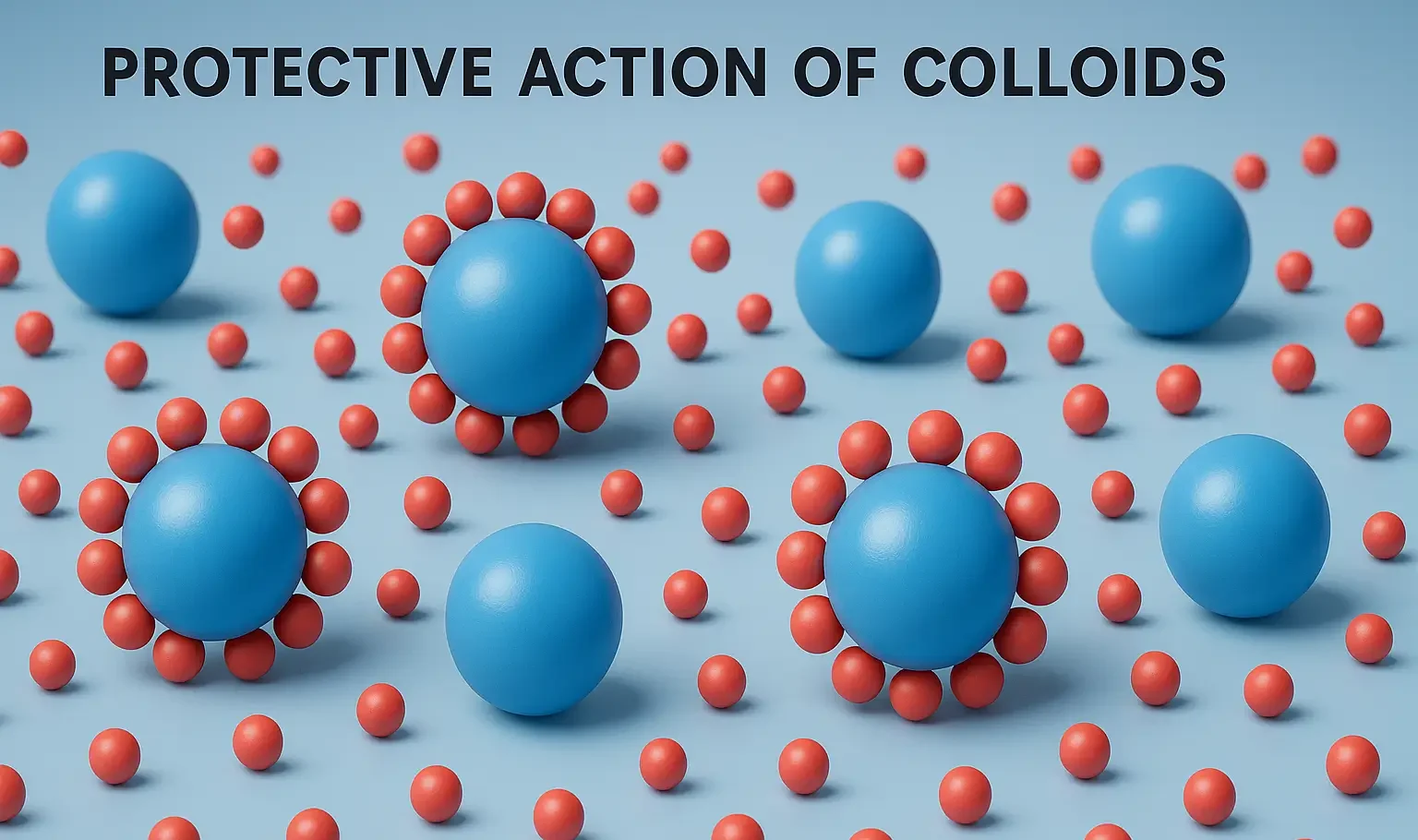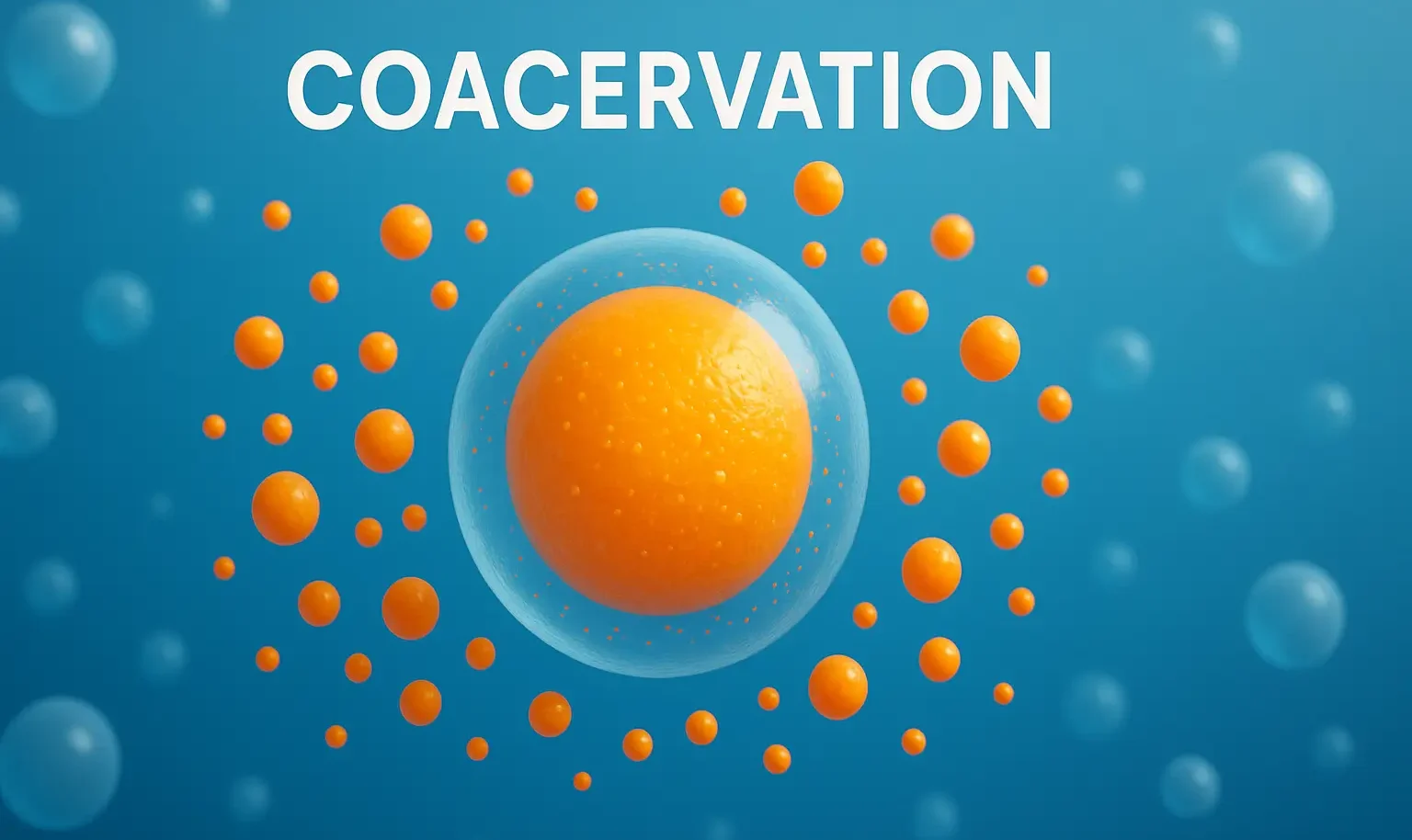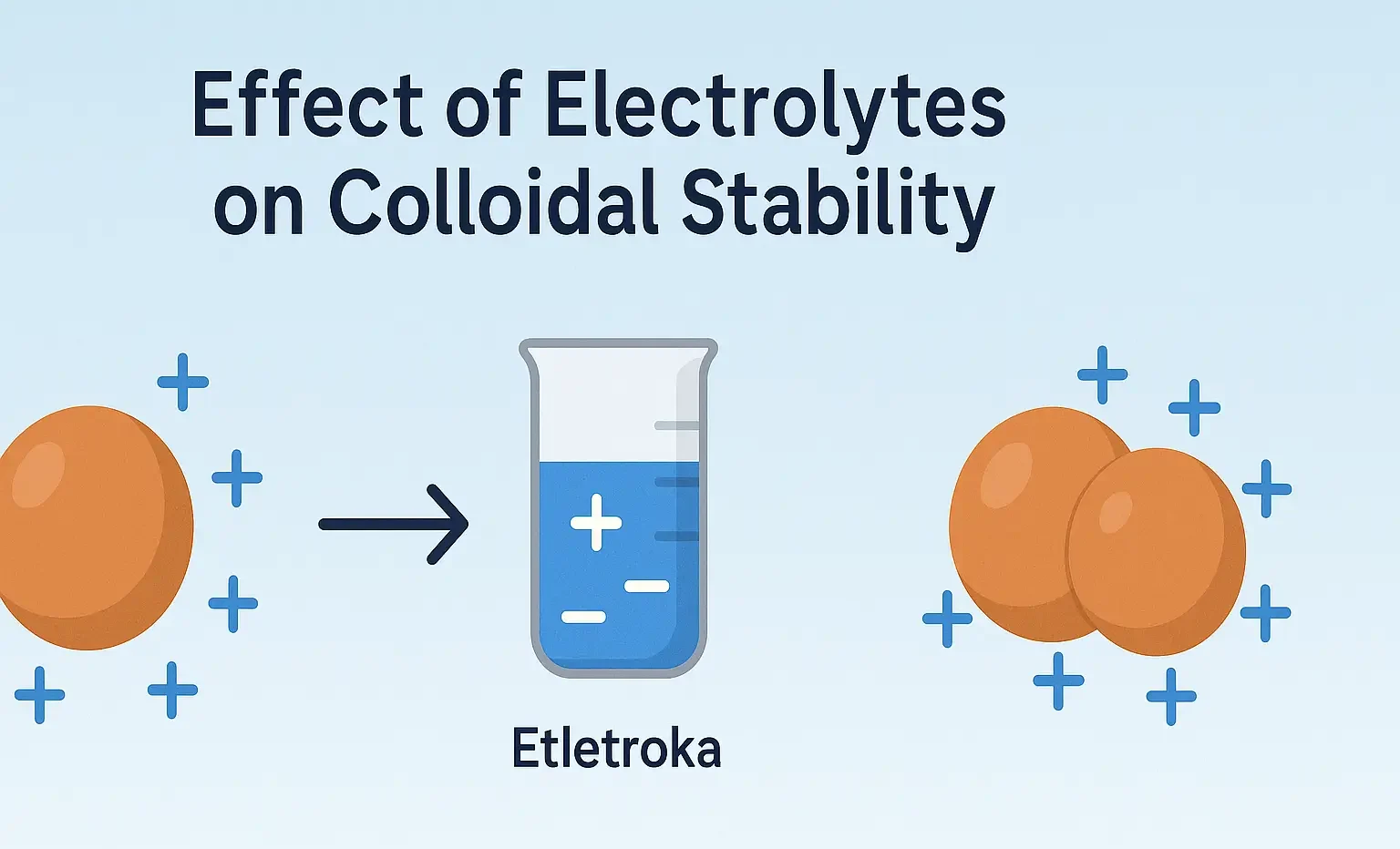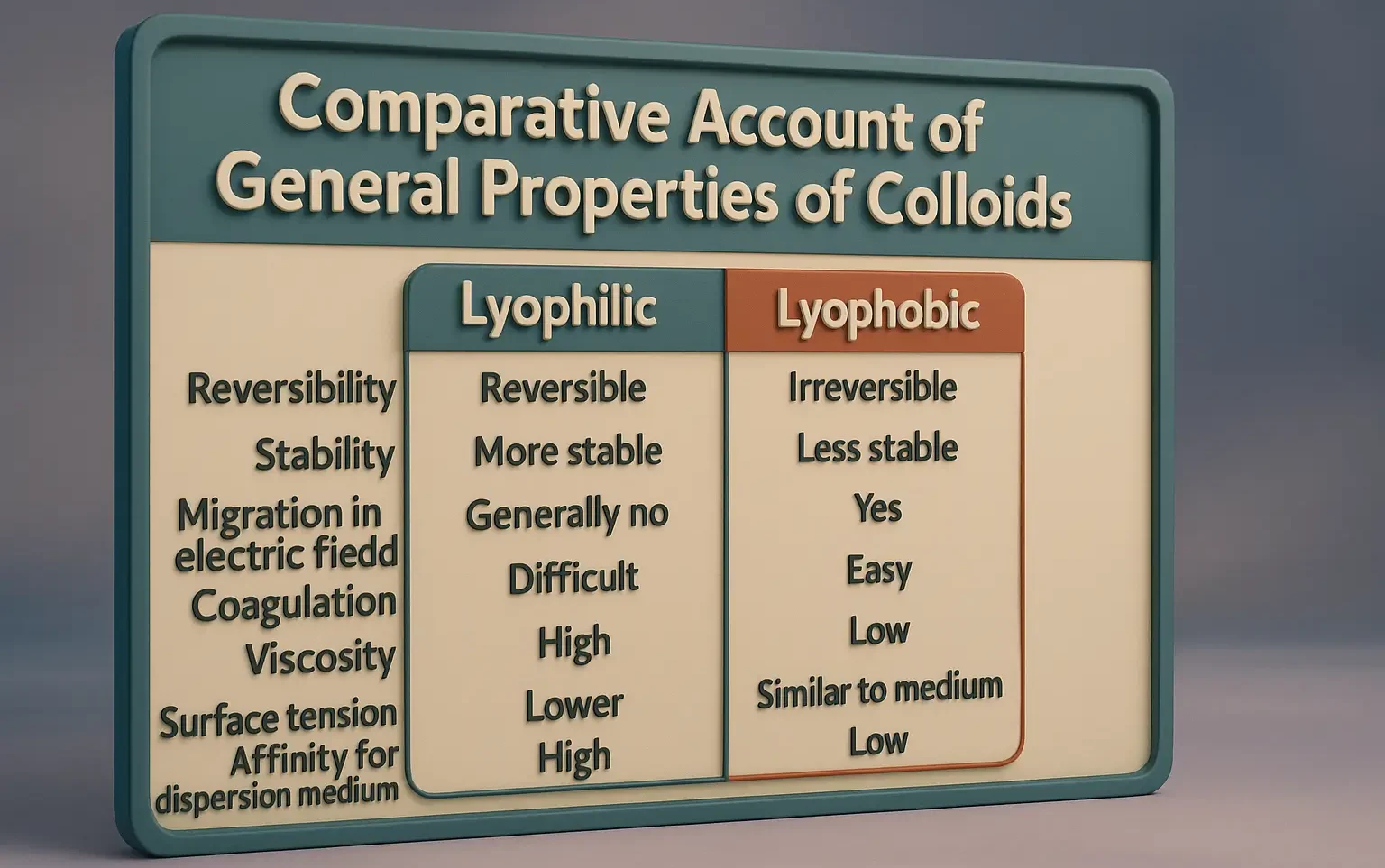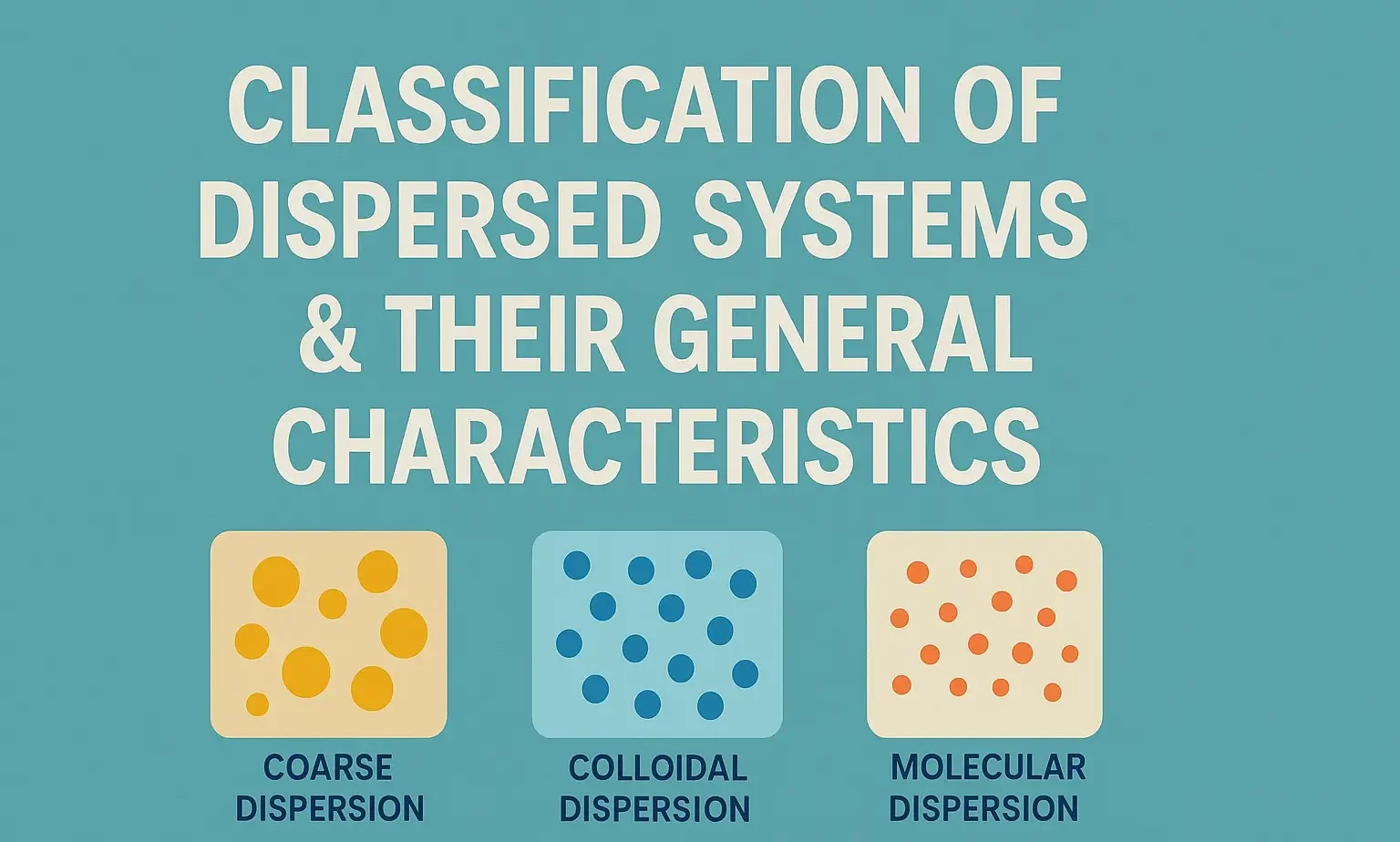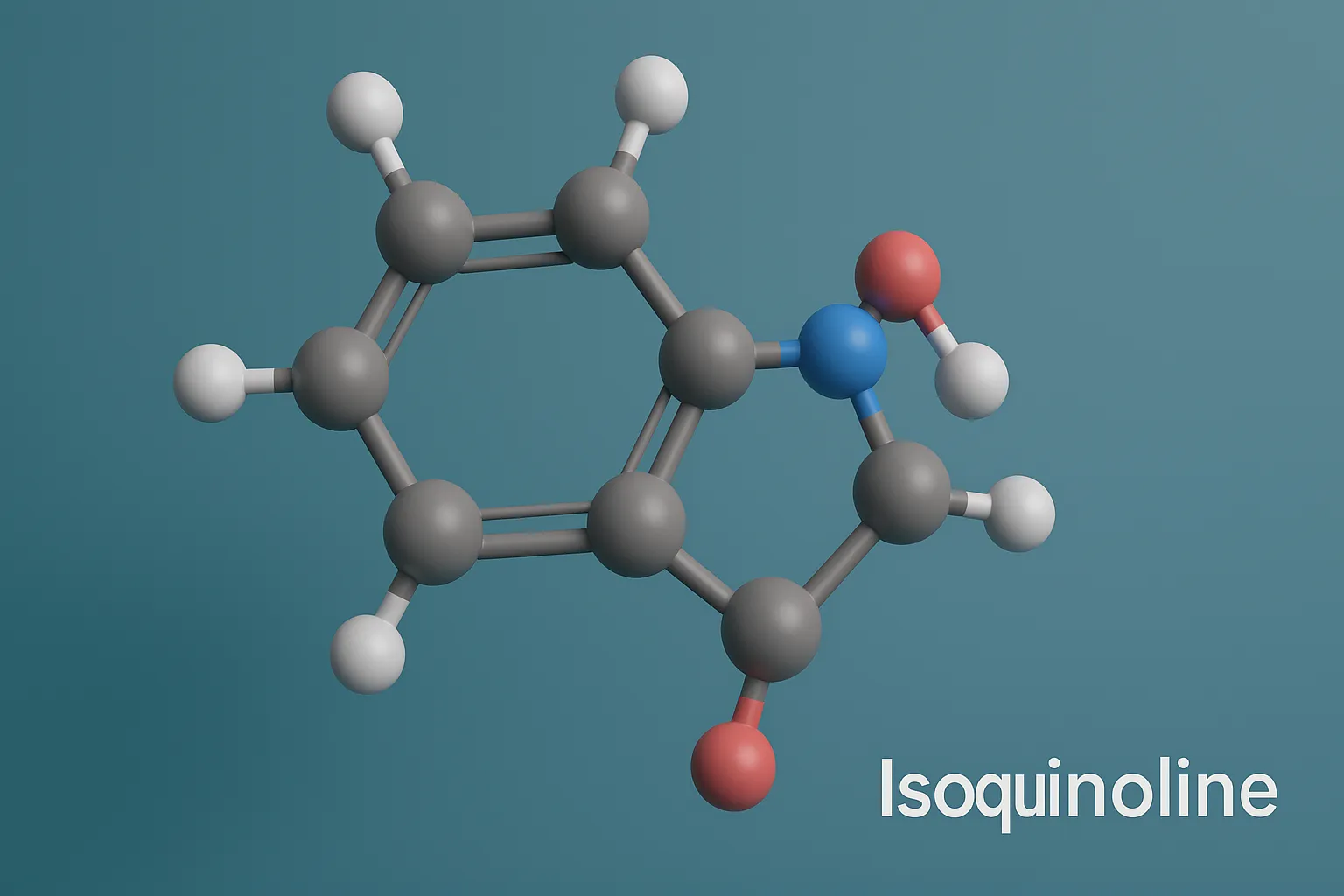Introduction to Colloidal Dispersions
Introduction to Colloidal Dispersions explains systems with particles sized 1–1000 nm dispersed in a medium. Introduction to Colloidal Dispersions highlights applications in pharmacy, food, cosmetics, and medicine. Colloidal Dispersions is a biphasic system where very small particles (1–1000 nm) of one substance (dispersed phase) are evenly distributed throughout another (dispersion medium). It bridges the gap … Read more


